Did Life Begin in Prebiotic Surface Gels?
Surface-bound gels may have provided the structure and chemistry necessary for life to take root on Earth. These findings could also have implications in the search for life beyond Earth.
The search for life in the universe
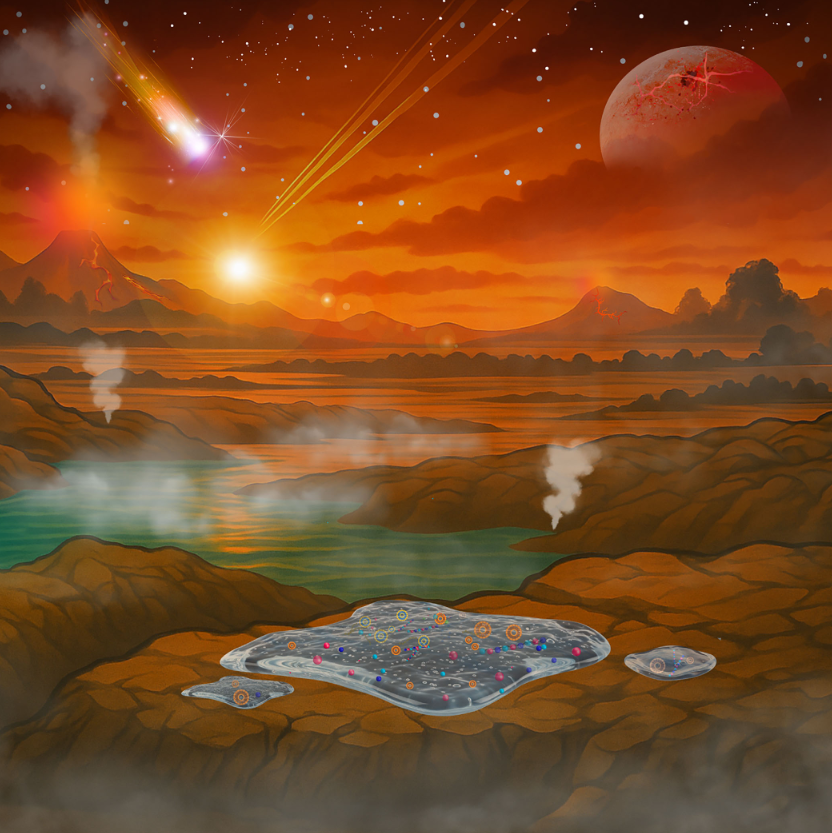
Surface-bound gels may have provided the structure and chemistry necessary for life to take root on Earth. These findings could also have implications in the search for life beyond Earth.

What is “gum”? Most people have probably never considered this question, and might answer something like a chewy material you can put in your mouth. But, to a scientist they might answer something like “nitrogen-rich polymeric sheets”, because precisely defining the chemistry of a material is important to them. Or at least, that’s what they called a type of organic material found in the sample collected of the asteroid Bennu by the OSIRIS-REx spacecraft. But more informally, scientists have taken to calling it “space gum”, and the process it formed under is making some of them question current models of asteroid formation.

It’s been over two years since the samples from Bennu gathered by OSIRIS-REx were returned to Earth. But there’s still plenty of novel science coming out of that 121.6 g of material. Three new papers were released recently that describe different aspects of that sample. One in particular, from Yoshihiro Furukawa of Tohoku University in Japan and their co-authors, has already attracted plenty of attention, including from US Senator (and former astronaut) Mark Kelly. It shows that all of the building blocks for early life were available on the asteroid - raising the chances that planets throughout the galaxy could be seeded with the abiotic precursors for life.
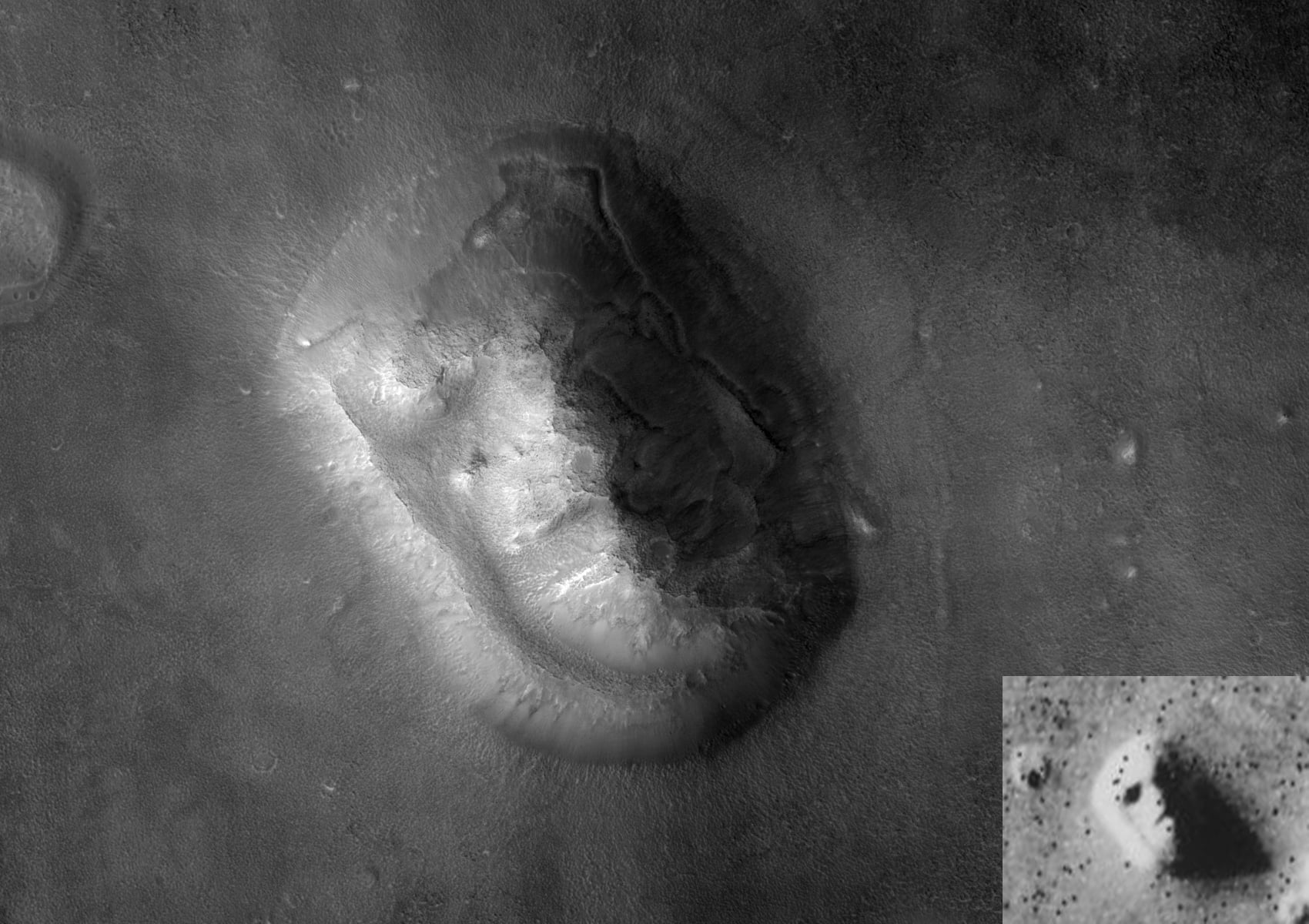
In a recent paper, a team of SETI and astrobiology specialists examines four controversial claims about the existence of extraterrestrial life. From these, they present recommendations for scientists and science communicators when addressing future claims of discovery.

The complex molecules required for life on Earth might never have formed if it wasn’t for cosmic dust.
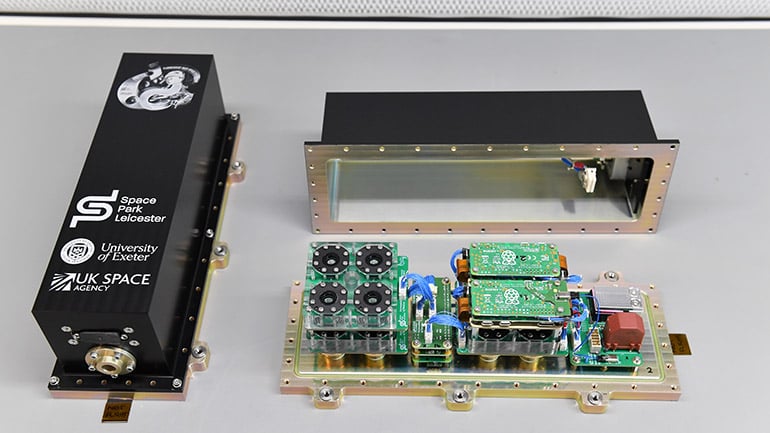
A crew of tiny worms will be heading on a mission to the International Space Station in 2026 that will help scientists understand how humans can travel through space safely, using a Leicester-built space pod.
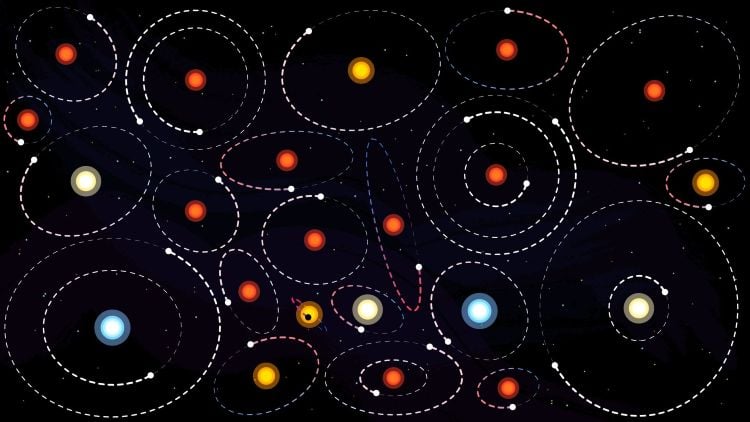
How can star populations help astronomers re-evaluate the search for intelligent extraterrestrial life, also called technosignatures? This is what a recently submitted study hopes to address as a team of scientists investigated the parameters of identifying locations of technosignatures, also called extraterrestrial transmitters. This study has the potential to help astronomers constrain the criteria for finding intelligent life in both our galaxy and throughout the universe.

A planet’s habitability is determined by a confluence of many factors. So far, our explorations of potentially habitable worlds beyond our solar system have focused exclusively on their position in the “Goldilocks Zone” of their solar system, where their temperature determines whether or not liquid water can exist on their surface, and, more recently, what their atmospheres are composed of. That’s in part due to the technical limitations of the instruments available to us - even the powerful James Webb Space Telescope is capable only of seeing atmospheres of very large planets nearby. But in the coming decades, we’ll get new tools, like the Habitable Worlds Observatory, that are more specifically tailored to search for those potentially habitable worlds. So what should we use them to look for? A new paper available in pre-print on arXiv by Benjamin Farcy of the University of Maryland and his colleagues, argues that we should look to how a planet formed to understand its chances of harboring life.
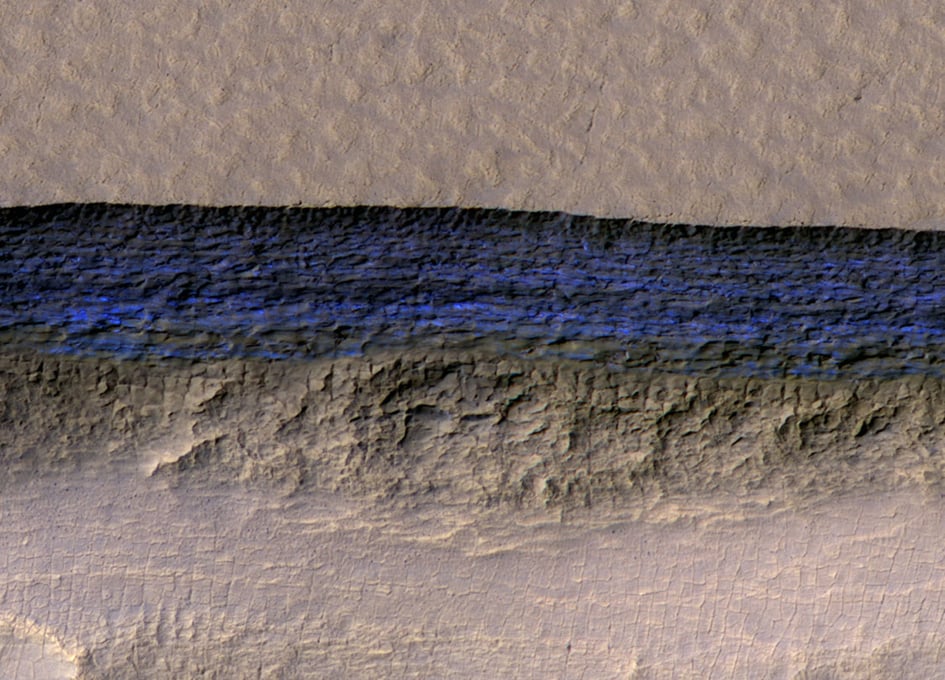
Seven billion year old meteorites carrying DNA building blocks. Frozen water on Mars. Amino acids floating in interstellar dust clouds. After seventy years of searching, we've found the ingredients for life scattered throughout the universe but have we found life itself? A new review examines every major claim of extraterrestrial life, from ancient space rocks to UFO sightings, revealing what the evidence actually supports and where wishful thinking has filled the gaps.
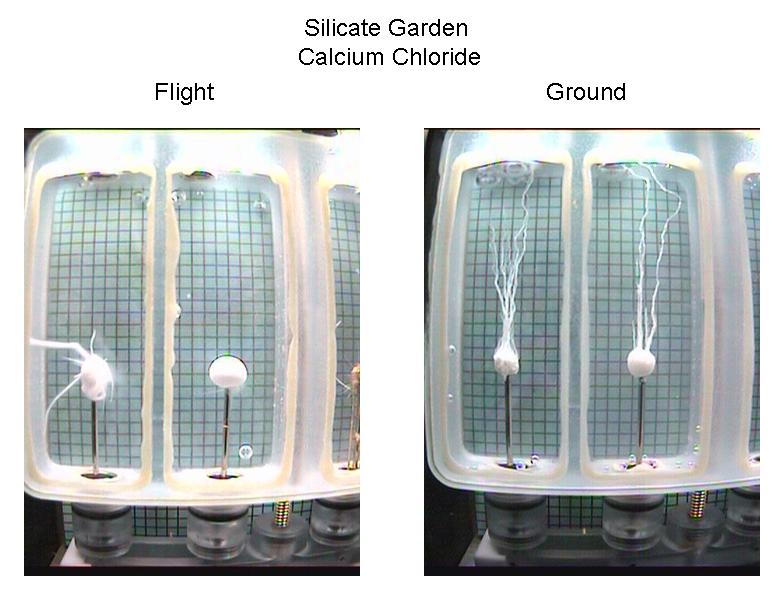
What are the physics of life? That is more than just a philosophical question - it has practical implications for our search for life elsewhere in the galaxy. We know what Earth life looks like, on a number of levels, but finding it on another planet could require us to redefine what we even mean by life itself. A new paper from Stuart Bartlett of Cal Tech and his co-authors provides a new framework for how life could be defined that could reach beyond just what we understand from our one Pale Blue Dot.
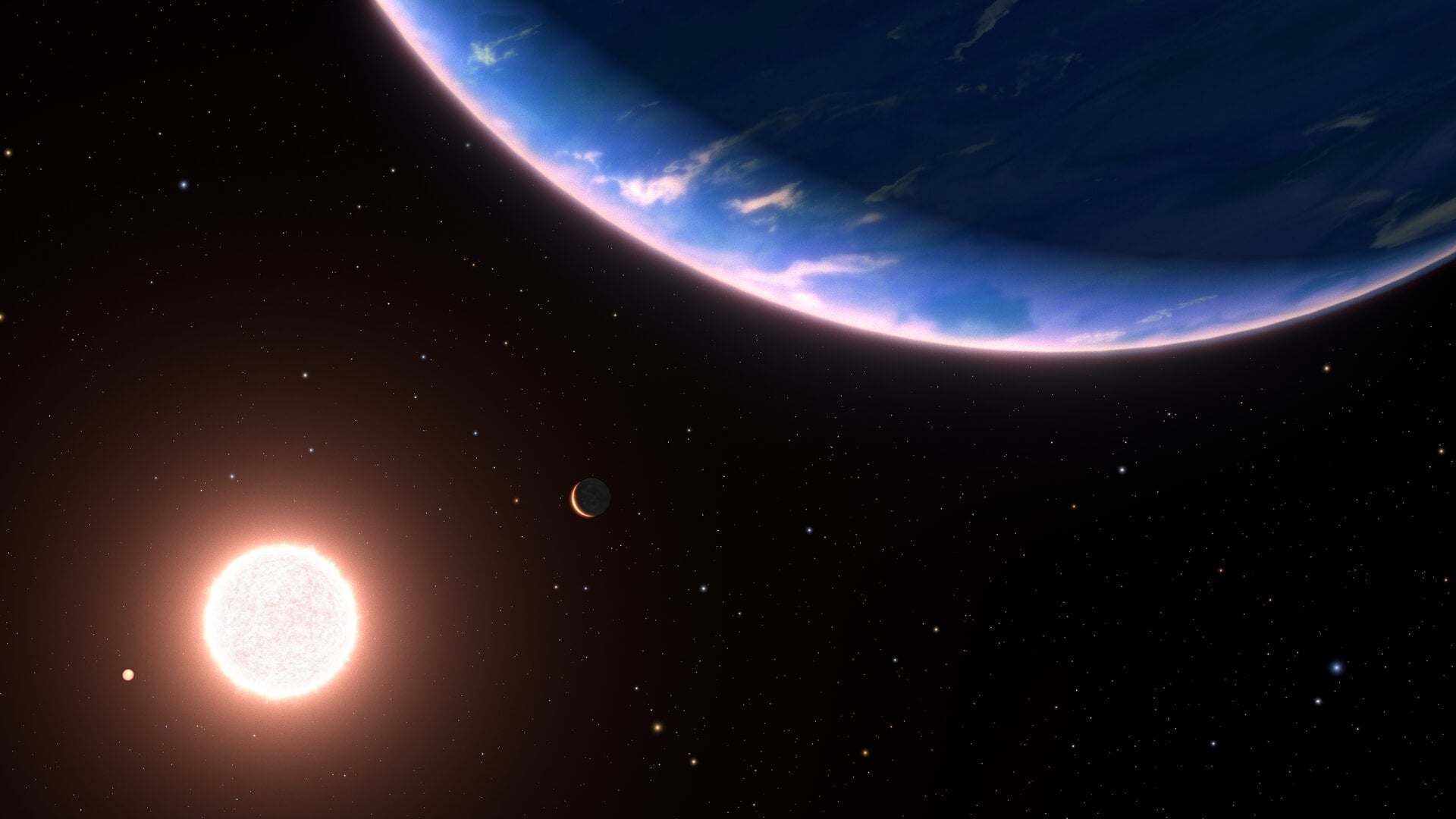
Carl Sagan, along with co-author Edwin Salpeter, famously published a paper in the 70s about the possibility of finding life in the cloud of Jupiter. They specifically described “sinkers, floaters, and hunters” that could live floating and moving in the atmosphere of our solar system’s largest planet. He also famously talked about how clouds on another of our solar system’s planets - Venus - obfuscated what was on the surface, leading to wild speculation about a lush, Jurassic Park-like world full of life, just obscured by clouds. Venus turned out to be the exact opposite of that, but both of those papers show the impact clouds can have on the Earth for life. A new paper by authors as the Carl Sagan Institute, led by Ligia Coelho of Cornell, argues that we should look at clouds as potential habitats for life - we just have to know how to look for it.
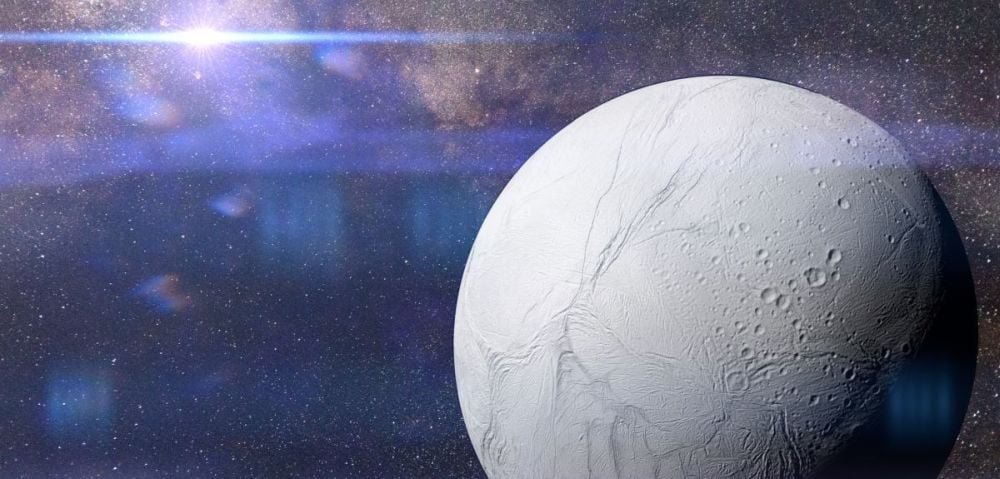
Is Saturn's moon Enceladus habitable? There's ample evidence that the moon holds a warm ocean underneath its frozen surface, and that the building blocks of life are present in that ocean. But for life to arise and persist, the ocean needs to sustain itself for a long time, and new research shows that's exactly what's happening.
Iron rusts. On Earth, this common chemical reaction often signals the presence of something far more interesting than just corroding metal for example, living microorganisms that make their living by manipulating iron atoms. Now researchers argue these microbial rust makers could provide some of the most promising biosignatures for detecting life on Mars and the icy moons of the outer Solar System.
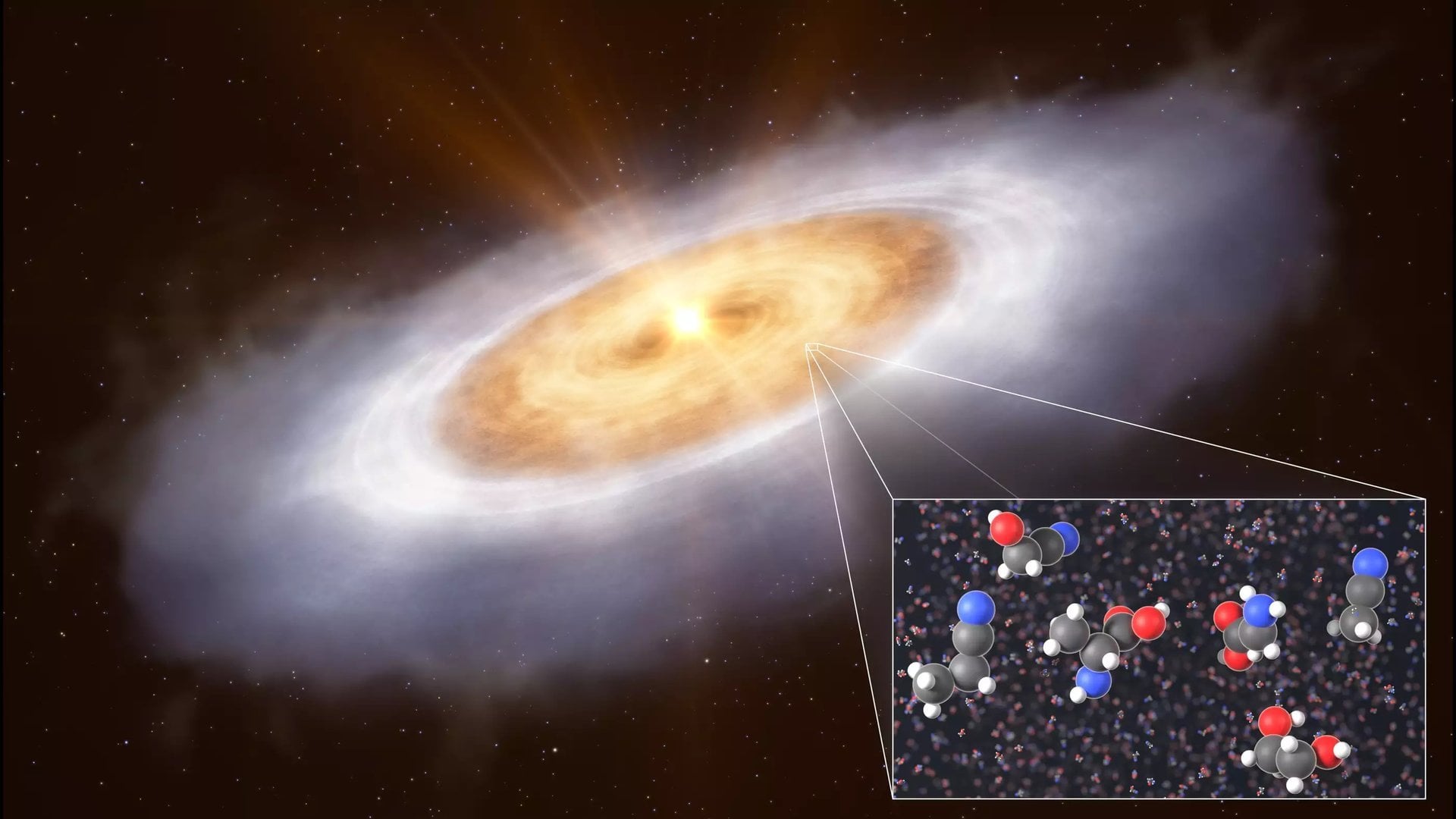
A team led by a University of Maryland astronomer detected large complex organic molecules in ices outside of the Milky Way for the first time, offering a glimpse into the chemistry of the early universe.
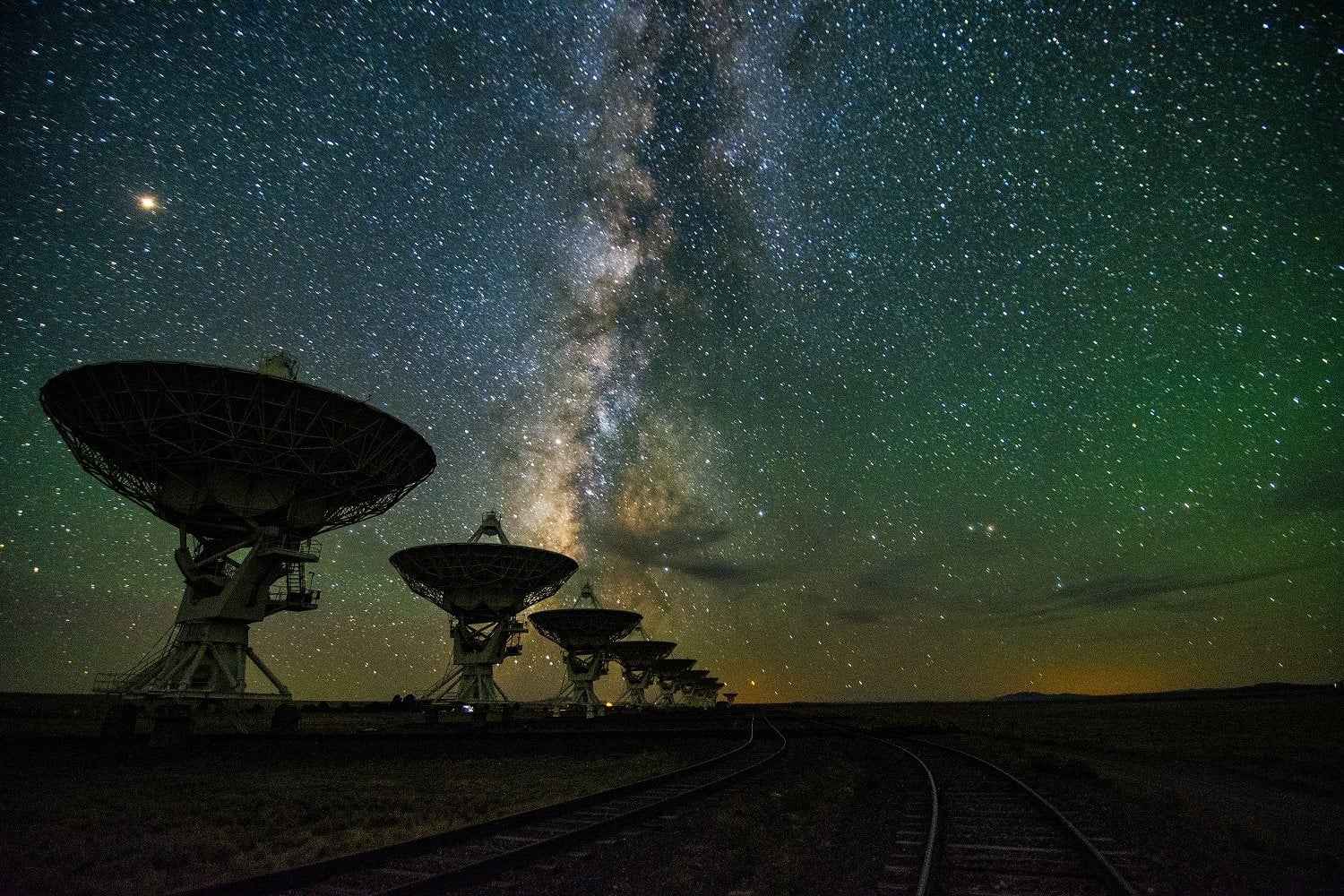
Are we alone? It’s probably one of the, if not the most basic questions of human existence. People have been trying to answer it for millennia in one form or another, but only recently have we gained the tools and knowledge to start tractably trying to estimate whether we are or not. Those efforts take the form of famous tools like the Fermi Paradox and the Drake Equation, but there’s always room for a more nuanced understanding. A new paper in Acta Astronautica from Antal Veres of the Hungarian University of Agriculture introduces a new one - The Solitude Zone.
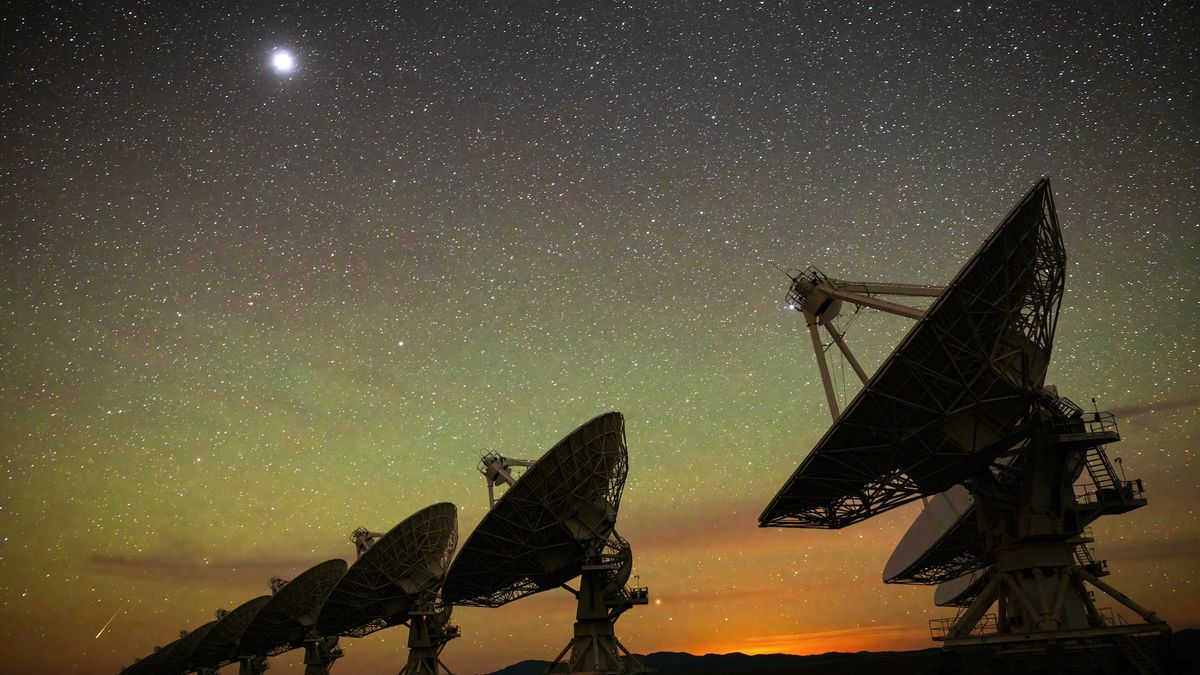
Alien civilizations may evolve so quickly that they are only detectable for a blink of cosmic time, thanks to the rise of artificial intelligence.
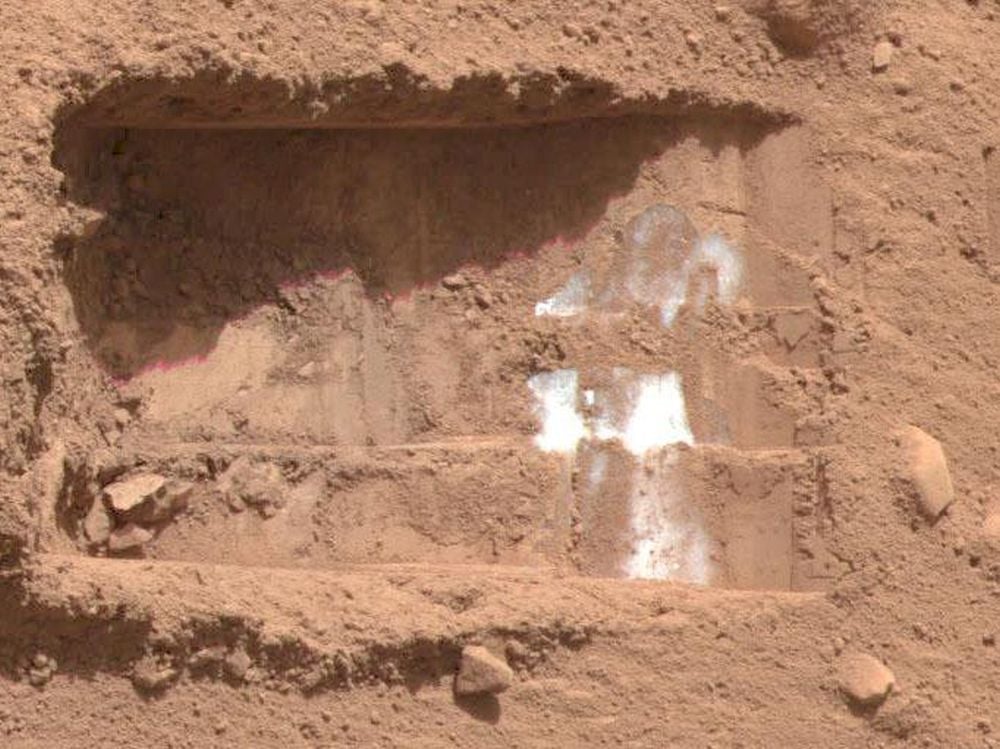
Frozen in time, ancient microbes or their remains could be found in Martian ice deposits during future missions to the red planet. By recreating Mars-like conditions in the lab, a team of researchers from NASA Goddard Space Flight Center and Penn State demonstrated that fragments of the molecules that make up proteins in E. coli bacteria, if present in Mars' permafrost and ice caps, could remain intact for over 50 million years, despite harsh and continuous exposure to cosmic radiation.
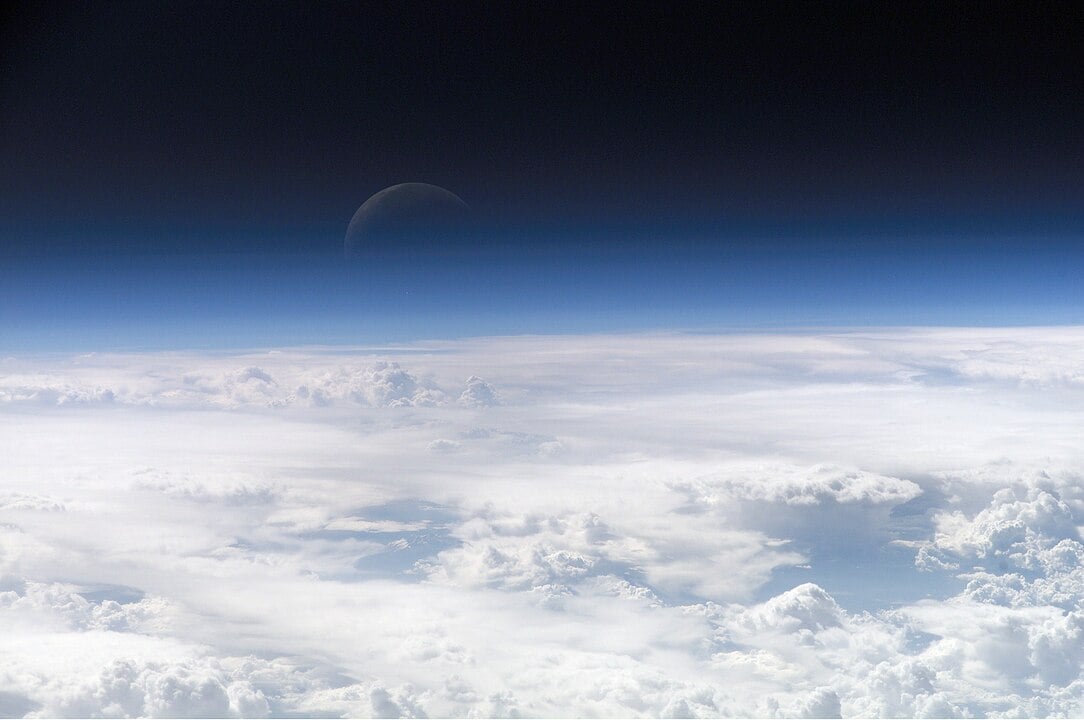
When I spotted a headline about Earth's ancient oceans and urea, my brain immediately went to the obvious place. Urea, the same compound found in urine. Yes, scientists are telling us that a component of wee played a crucial role in one of the most important events in our planet's history. Sometimes science really does have a sense of humour.

In a newly published novel titled “Hole in the Sky,” Cherokee science-fiction author Daniel H. Wilson blends Native American tales about alien civilizations with up-to-date speculation about UFOs, now also known as unidentified anomalous phenomena or UAPs.
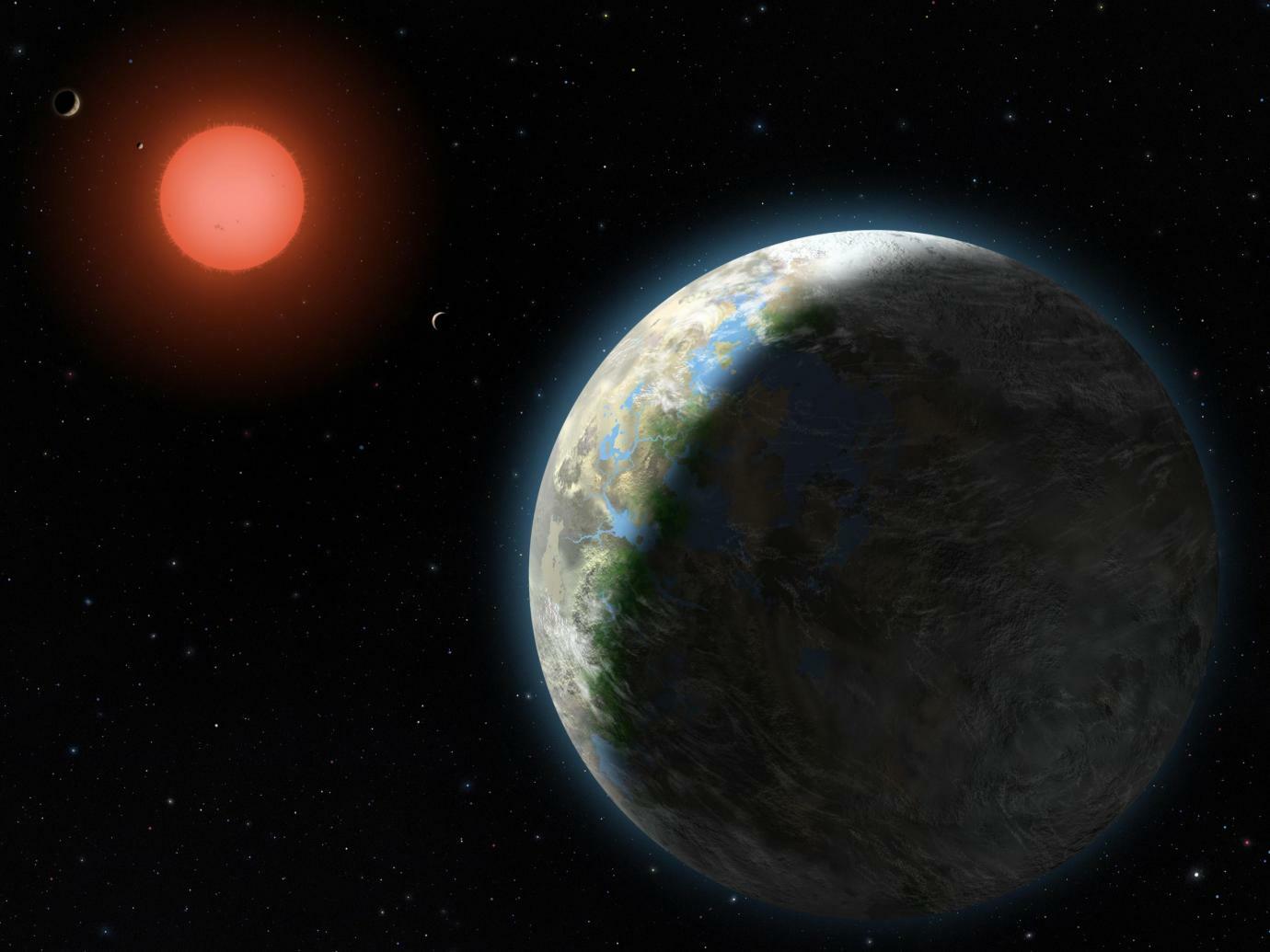
While no evidence of life beyond Earth has been found (yet), it is assumed that life and habitable planets are the norm (per the Copernican Principle). Meanwhile, exoplanet studies have revealed several rocky planets orbiting within the habitable zones of nearby dwarf suns. But as Columbia University Professor David Kipping argues in a recent paper, there is evidence that Earth could be an outlier, while rocky planets orbiting red dwarfs may not be capable of supporting advanced life.